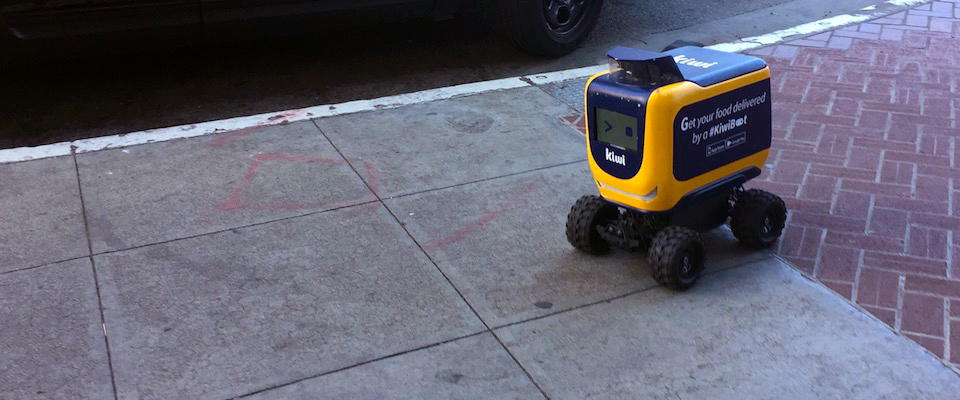As a science fiction motif, the Robot Apocalypse ranks right up there with the Zombie Apocalypse. And, it seems, it’s more likely: anyone who has browsed Ray Kurtzweil’s work on the Singularity—the point at which computers achieve true intelligence, and discover their interests aren’t necessarily congruent with our own—may find the meteoric pace of cybernetics innovation a little disconcerting.
Still, how big can the threat be? Fabricating robots is a laborious, expensive, and time-consuming business, right? Well—not always. At least, that’s the takeaway from recent work at Berkeley’s Biomimetic Millisystems Lab, where researchers have printed out a robot that can juke and jive like a startled cockroach.
That’s right—printed. The components for the STAR (Sprawl Tuned Autonomous Robot) were fabricated via a ProJet 300 3D printer. The robot’s motor housing, body segment, spur gears (which function as feet), and legs were all printed. In fact, the only parts that weren’t produced by the ProJet were STAR’s control board and battery.
Once the printer has churned out all the robot’s components, assembly is easy (for robotics engineers, anyway), requiring about 30 minutes. That makes the process of mass-producing STAR-like robots quite cheap. And it’s apt to get cheaper: recently, Hugh Lyman, an 83-year-old Washington state retiree, developed a new production technique for the plastic filament that is the “ink” of 3-D printers. His invention could reduce the cost of the material by 90 percent.
STAR looks somewhat like a squashed fighter spacecraft from the early Star Wars movies, but—as this video demonstrates—its actions are distinctly, almost alarmingly, insectoid. It scuttles across the floor with panache (somehow evoking the line from Eliot’s The Wasteland about a pair of ragged claws scuttling across the floors of silent seas). It ducks under or scrabbles over obstacles, traversing rugged terrain without a stumble. Sometimes, its moves are almost terpsichorean; it looks like it could give you tango lessons.
The official explanation for such agility is that the “sprawl angle” of the robot’s legs can be varied from near positive 60 degrees to negative 90 degrees while the robot moves, regardless of its configuration. In other words, it can run rapidly on either flat or varied surfaces, squeeze itself almost flat to get under doors, and rear up to climb obstacles—like a real (and really big) bug. Its creators include David Zarrouk, Andrew Pullin, Nick Kohut, and biomimetics lab director Ronald Fearing.
Of course, there’s no danger STAR poses any threat to carbon-based life-forms and civilization as we know it. At least, there’s no threat from STAR 1.0; its developers envision it being used for reconnaissance and search-and-rescue missions, not world domination. We’ve queried the lab for more information about STAR and other robots they may have in development, and will keep you posted.
—Glen Martin




















